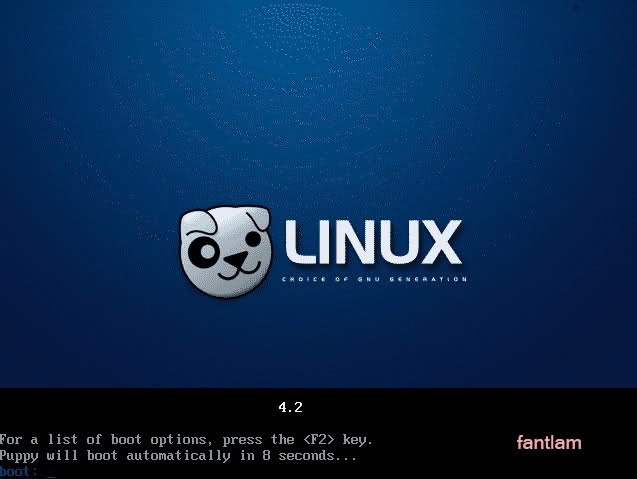Linux 多线程编程指南:深入浅出,掌握并行编程艺术 (linux多次登录失败解锁)

前言
多线程编程是一种允许多个线程同时执行的并发编程模型。它可以极大地提高计算机程序的性能,尤其是在处理大量并行任务时。Linux 操作系统提供了丰富的多线程编程 API,使其成为开发多线程应用程序的理想平台。本文将深入浅出地介绍 Linux 多线程编程,帮助开发者掌握并行编程的艺术。
创建和管理线程
创建线程在 Linux 中,可以使用 `pthread_create()` 函数创建线程。该函数需要三个参数:1. `thread_t thread_id`:指向新创建线程 ID 的指针。2. `const pthread_attr_t attr`:指向线程属性结构体的指针。通常设置为 `NULL`,使用默认属性。3. `void (start_routine)(void )`:指向线程执行函数的指针。示例代码:“`cint main() {pthread_t thread_id;int result = pthread_create(&thread_id, NULL, my_thread_function, NULL);if (result != 0) {perror(“pthread_create()”);exit(1);}pthread_join(thread_id, NULL);return 0;}void my_thread_function(void arg) {// 线程函数代码}“`管理线程创建线程后,可以使用以下函数管理线程:`pthread_join()`: 等待线程终止。`pthread_detach()`: 从线程中分离线程,使线程终止时自动释放资源。`pthread_cancel()`: 取消线程的执行。`pthread_kill()`: 向线程发送信号以终止线程。
线程同步
多线程编程中,为了确保线程间的数据一致性,需要使用线程同步机制。Linux 提供了多种线程同步机制,包括:互斥量互斥量(Mutex)是一种用于保护临界区(共享资源)的同步机制。同一时刻只能有一个线程拥有互斥量的锁,从而确保临界区内的数据不会被多个线程同时访问。使用 `pthread_mutex_t` 数据结构来表示互斥量。示例代码:“`cpthread_mutex_t mutex;void my_thread_function(void arg) {pthread_mutex_lock(&mutex);// 临界区代码pthread_mutex_unlock(&mutex);}“`条件变量条件变量(Condition Variable)用于实现线程间的等待和通知机制。一个线程可以等待条件变量,直到另一个线程对其进行通知。使用 `pthread_cond_t` 数据结构来表示条件变量。示例代码:“`cpthread_cond_t cond;pthread_mutex_t mutex;void my_thread_function(void arg) {pthread_mutex_lock(&mutex);while (condition_not_met) {pthread_cond_wait(&cond, &mutex);}// 执行代码pthread_mutex_unlock(&mutex);}void notify_thread() {pthread_mutex_lock(&mutex);condition_met = true;pthread_cond_signal(&cond);pthread_mutex_unlock(&mutex);}“`读写锁读写锁(Read-Write Lock)是一种允许多个线程同时读共享资源,但只能有一个线程同时写共享资源的同步机制。使用 `pthread_rwlock_t` 数据结构来表示读写锁。示例代码:“`cpthread_rwlock_t rwlock;void my_thread_function(void arg) {pthread_rwlock_rdlock(&rwlock);// 读共享资源pthread_rwlock_unlock(&rwlock);}void write_to_shared_resource() {
pthread_rwlock_wrlock(&rwlock);// 写共享资源pthread_rwlock_unlock(&rwlock);}“`
Linux 特殊多线程编程
并发栈Linux 提供了一种名为并发栈(Thread-local Storage)的特殊多线程编程机制。并发栈允许每个线程拥有自己的私有数据副本,从而实现线程间的局部数据隔离。使用 `pthread_key_create()` 函数来创建并发栈键,并使用 `pthread_get/set()` 函数来访问并发栈数据。示例代码:“`c// 创建并发栈键pthread_key_t my_key;pthread_key_create(&my_key, NULL);// 在每个线程中设置并发栈数据void my_thread_function(void arg) {void data = malloc(sizeof(int));pthread_setspecific(my_key, data);}// 在主线程中获取并发栈数据int main() {int data = pthread_getspecific(my_key);}“`信号处理Linux 允许线程处理信号。信号是一种特殊类型的异步事件,可以由操作系统、用户或其他进程发送。使用 `pthread_sigmask()` 函数来设置线程的信号掩码,并使用 `pthread_kill()` 函数向线程发送信号。示例代码:“`cvoid my_signal_handler(int signum) {// 信号处理代码}void my_thread_function(void arg) {// 设置信号掩码sigset_t signal_mask;sigemptyset(&signal_mask);sigaddset(&signal_mask, SIGINT);pthread_sigmask(SIG_SETMASK, &signal_mask, NULL);// 注册信号处理函数struct sigaction action;action.sa_handler = my_signal_handler;sigaction(SIGINT, &action, NULL);// 等待信号while (1) {pause();}}int main() {pthread_t thread_id;pthread_create(&thread_id,NULL, my_thread_function, NULL);pthread_join(thread_id, NULL);}“`
多线程编程实战
并行求和使用多线程并行求和可以显著提高计算效率。可以使用 `pthread_create()` 函数创建多个线程,每个线程负责计算一个部分和。示例代码:“`cinclude
pthread_t thread_pool[10];void my_thread_function(void arg) {int client_socket = (int)arg;// 处理客户端请求while(1) {// …}// 关闭客户端
© 版权声明
文章版权归作者所有,未经允许请勿转载。








